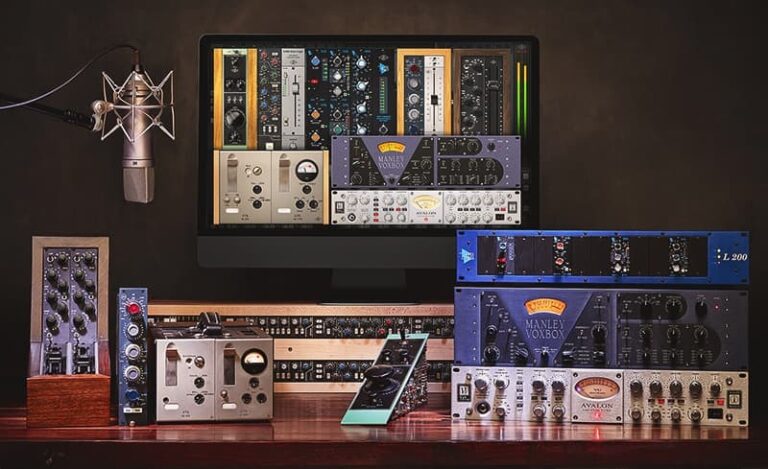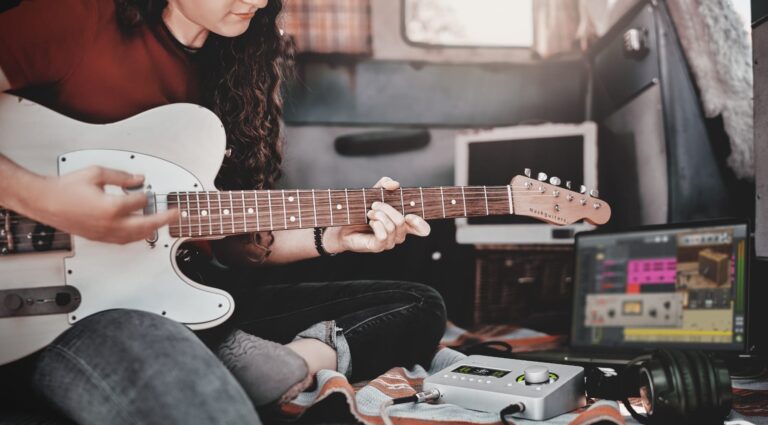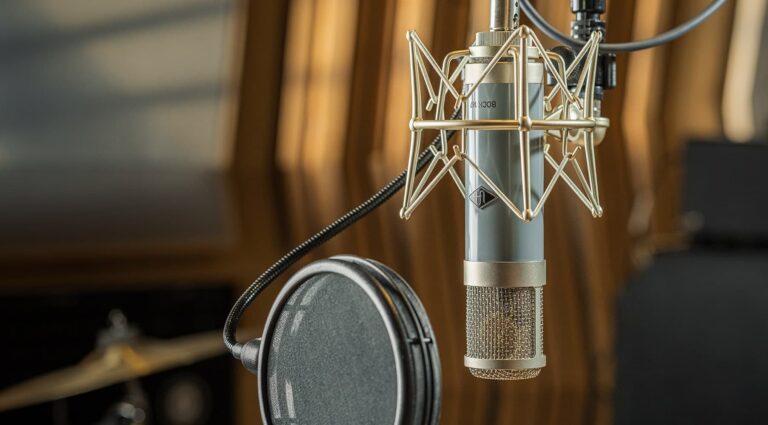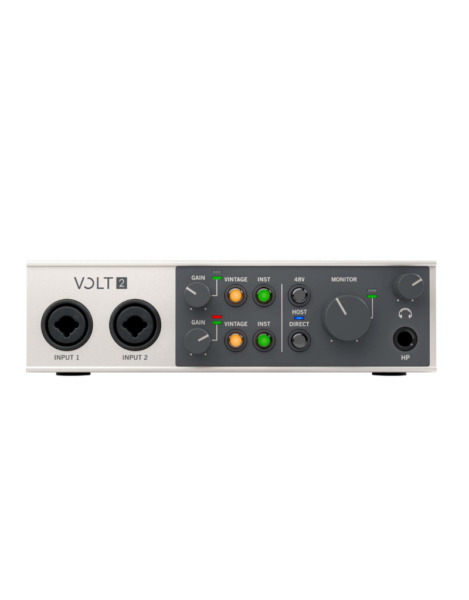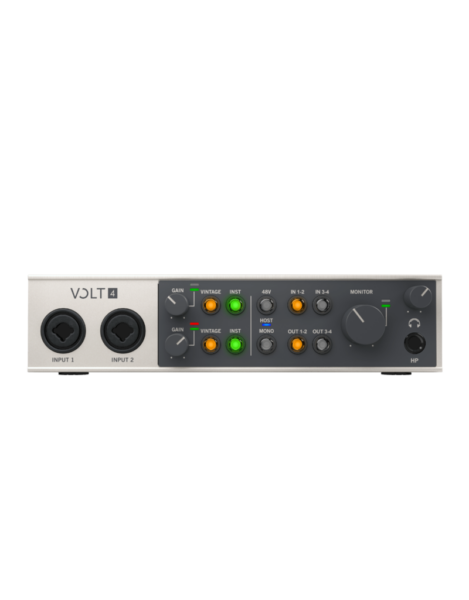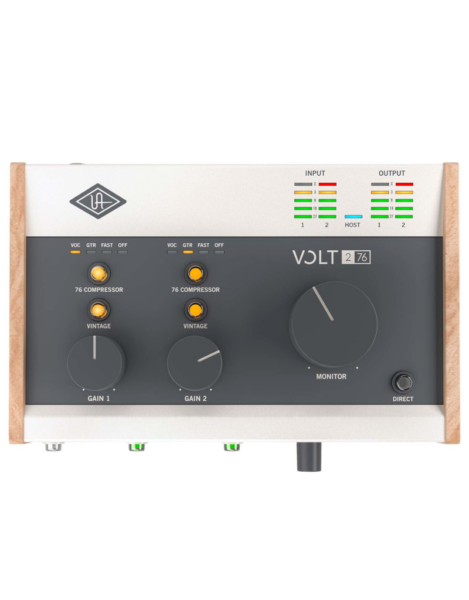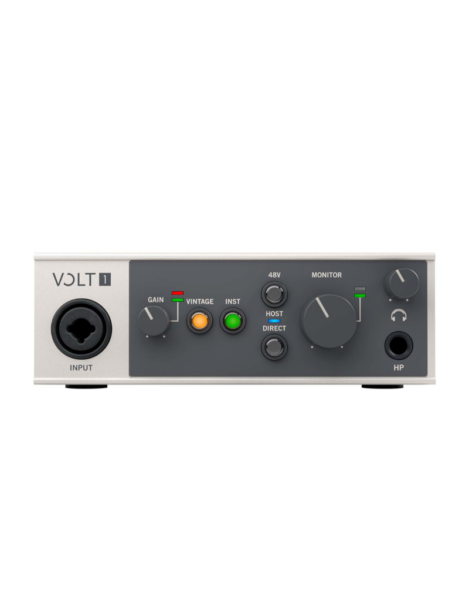Choosing the right audio interface is crucial for capturing studio-quality guitar tone and taking your recordings to the next level. But with so many options on the market, it can feel overwhelming to find the perfect fit for your needs and budget.
That’s why we created this straightforward 3-step guide to simplify the process. We’ll cover the key questions to ask yourself, break down the pros and cons of desktop vs rackmount interfaces, and ensure whichever you choose has the proper computer connections you need.
Follow along step-by-step to discover the best audio interface for your guitar recording setup. Let’s plug in!
Next Level Guitarist w/ Pedalboard
As the pedal obsession grows, you need enough inputs for mics, guitars, keys and more. Look for at least 4 inputs and outputs. Consider interfaces that allow expansion via chaining multiple units through Thunderbolt or USB connections.
The rackmount Apollo x4 or x6 provides flexible I/O options to integrate pedalboards, rack effects, headphones and studio monitors seamlessly.
Commercial Studio Producer
Producing full bands with a dozen+ live inputs requires a robust interface like the Apollo x8p or x16. They provide the highest caliber preamps and conversion to capture everything from intimate vocals to raging guitar cabs.
Built-in UAD-2 DSP gives you access to classic analog gear modeled plug-ins for tracking and mixing without latency. This is how the pros sculpt radio-ready guitar tone and dynamics quickly.
#2: Desktop vs Rackmount Interfaces
Next, decide whether you want a compact desktop interface, or a rackmounted unit with more connectivity:
Desktop Interfaces
Desktops like the Apollo Twin offer a highly portable form factor that fits easily into guitar gig bags. They provide quality conversion, I/O, and monitoring to record and mix at a desk or on the move.
Easy access to volume, phones, and other controls makes desktops ideal for guitarists doing overdubs or mobile recording. Stellar examples include the Apollo Twin and Universal Audio’s Volt interfaces.
Rackmount Interfaces
Rack interfaces excel for larger professional studios. Units like the x8p have abundant preamp inputs to track live drums, guitar cabs, vocals and more simultaneously.
Modular racks give you flexibility to scale I/O as needed down the road. They integrate seamlessly into complex setups with outboard preamps, EQs, compressors and external mic pres.
The rackmount Apollo x8p and x16 define what’s possible for commercial studios needing to track bands, orchestra sections, and other large ensembles.
#3: Match Your Computer Connections
Finally, ensure any interface you choose has the correct connections to interface optimally with your computer system:
The Bottom Line
Choosing your audio interface doesn’t have to be complicated if you methodically assess your needs and intended recording approach. Defining your producer profile, desktop vs rack requirements, and computer connections ensures you select the best interface to take your guitar playing and productions to the next level.
We hope this easy 3-step guide to finding the perfect interface was helpful. If curious to experience the gold standard in guitar recording, be sure to visit Tone Tailors Guitar Shop in Lititz, PA to demo the latest Universal Audio Apollo interfaces firsthand. Let’s discuss the ideal setup for your studio!
